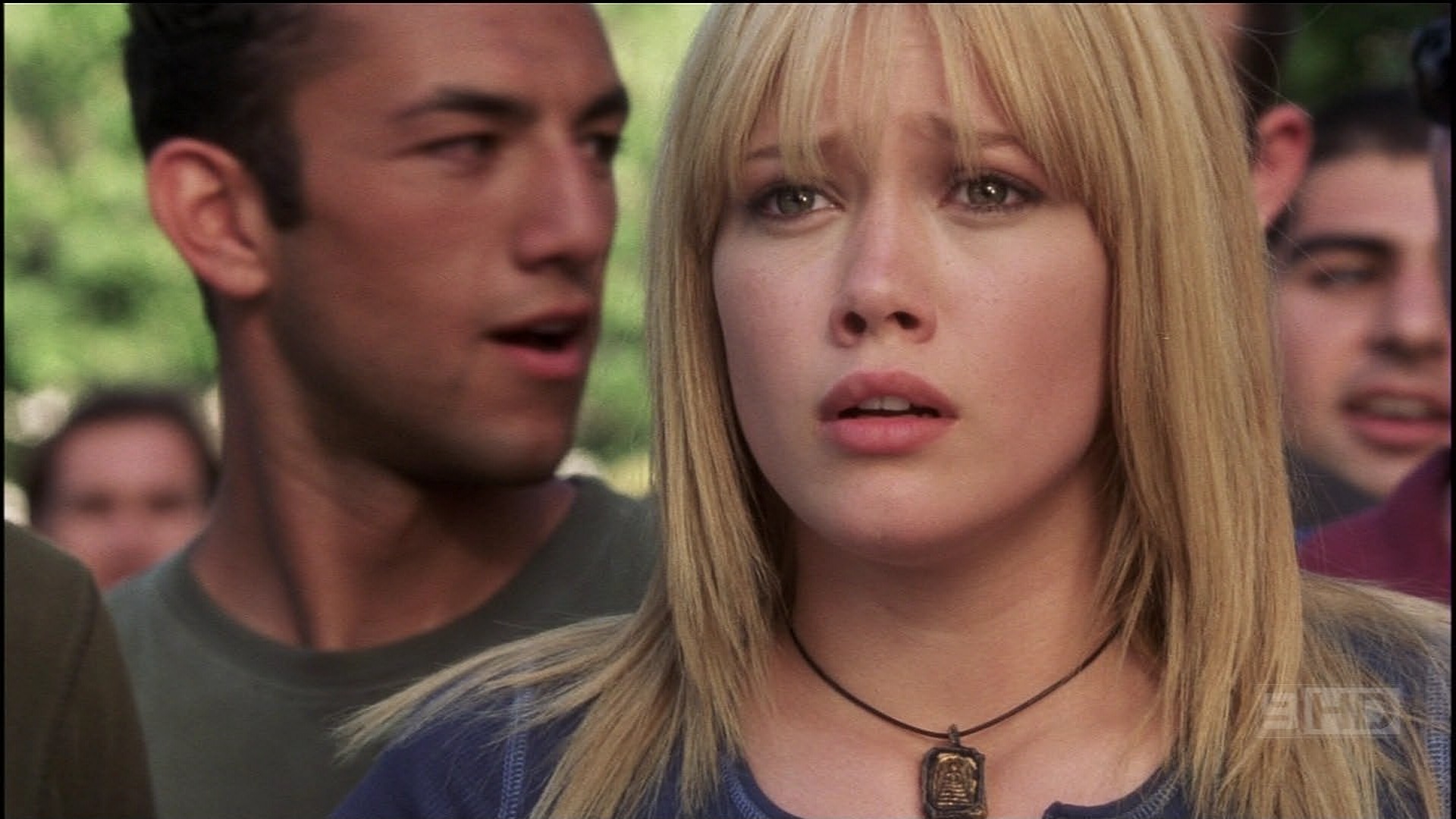
When writing children's poetry here are some things to remember:
1. Don't Be a Mimic
The first mistake that all new writers to children's poetry fall into is writing like another writer. Publishers receive tons of Dr. Seuss-like poems from hopeful writers. If you are going to write children's poems, you first have to develop a unique voice, one that no one can dispute or copy. Courses in this area are usually available at local colleges, and writer's groups are invaluable for testing new work. This is the key to breaking into the poetry market.
2. Know your Market
You can't get a feel for the market that will buy your poems unless you read into it. Spend some time at a local bookstore, and browse other sets of children's poems in order to see the different types that are out there. Order children's magazine, and take a look at what makes the cut.
3. Find Areas of Interest
There are some areas that will always be of interest to publishers for poetry. Some publishers prefer easy reading, other prefer non-fiction and teaching books, and so on. Read up on this.
4. Make your Work Challenging
Children are very intelligent. Many writers feel a need to make their work very simple. Allow children to think while they are reading. Also, provide text that will lend itself to rich illustration, because most children love pictures.
5. Be Original
Stories about "Hairy hare," "tiny turtle" and "purple pig" will not go over well. Avoid moralizing, because everyone does not have the same beliefs. Cute and typical stories will not make it, whereas original, off-the-wall ideas will.
6. Hone your Advertising Skills
If you can write a good query letter, you can often get your poetry in the door. Read up on writing these letters, and sending them in a manner that will incline publishers favorably toward you. Read up on publishers before you send them a manuscript. Some specifically say that they do not accept children's poems, while others may not be suited to your work.
7. Don't Give Up
It is very easy to give up in the field of writing. But remember, if your style is truly original, you have a good shot at getting something in print eventually. Good luck!
8. Test your Work
Kids always love a good story. Find a class, family or preschool and ask if you can read your stories to their children. Feedback from kids is usually the best gauge you can have.
Copyright © 2006 Read Print. All rights reserved.















